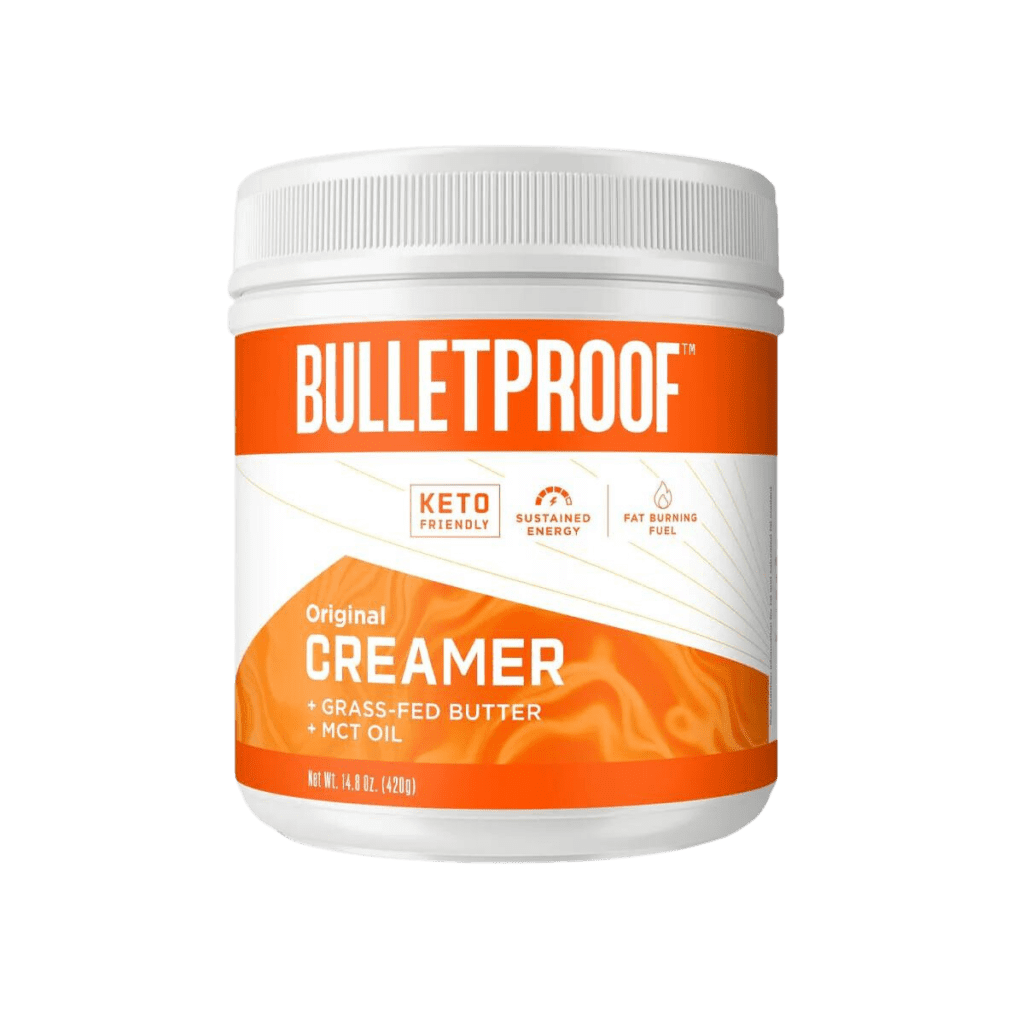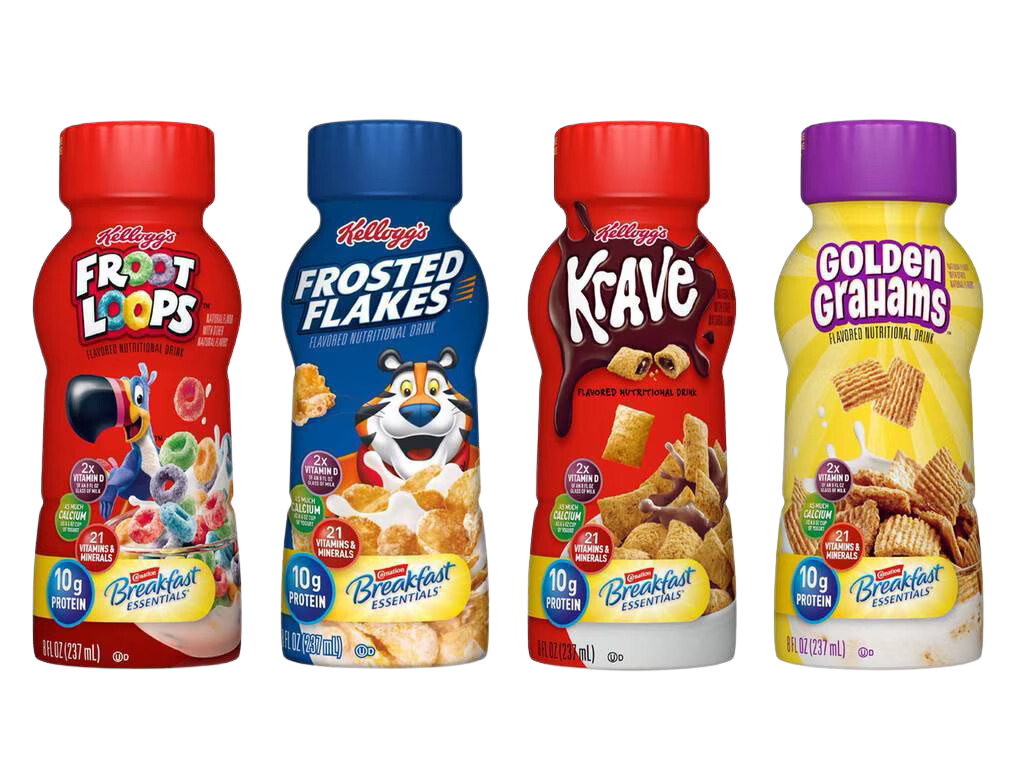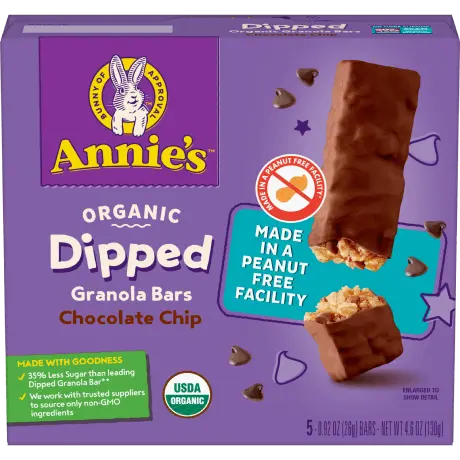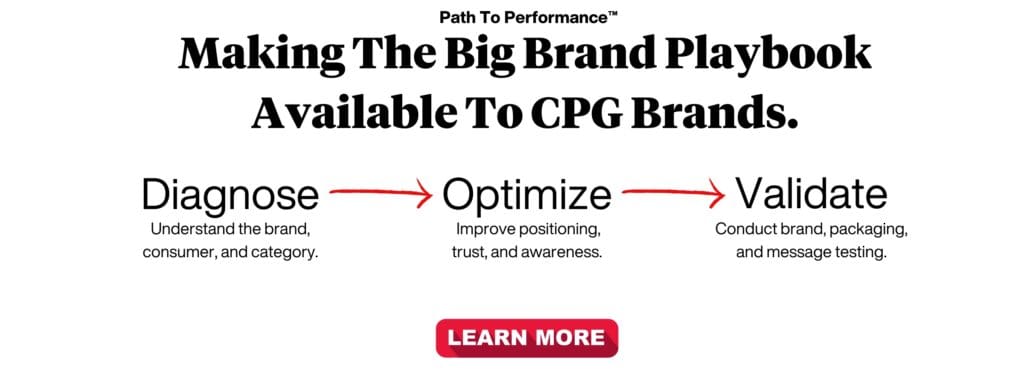Continuous growth is a concept threaded in the nature of a company with a recognizable brand name. We often hear the saying, “your either growing or dying,” which makes brands nervous anytime the company seems to be going through the motions. This uneasy tension leads key decision makers, the brand manager and the marketing team, to assemble their teams to develop their next brand extension strategy.
But deciding when, what, and how to engage in a brand extension can be tricky. Creating a brand strategy around a new SKU is a complex process that demands a dynamic and systematic approach to ensure the product and the rest of the brand.
This guide is for big and small brands considering an extension to further their brand awareness and grow their company’s revenues.
What is a Brand Extension?
A brand extension refers to utilizing an existing brand name to introduce new products or expand into different market segments. It involves leveraging positive associations, recognition, and equity to create and promote new offerings of the parent brand.
Brand extensions can take various forms, such as introducing a new product line, targeting different customer segments, or expanding into related product categories. The aim is to capitalize on the existing brand’s reputation, customer loyalty, and market presence to drive the success and acceptance of the new offerings.
Read More: Brand Extension vs. Product Line Extension
Types of Brand Extension Strategies
Understanding the distinct differences between the various brand extensions is essential when creating a new product. In CPG, we typically see three primary forms of a brand extension, and while there may be a crossover between them, understanding which is your focus will help you to create a more effective and impactful brand extension strategy.
Complementary Product Extension
Almost every CPG product can expand into a companion product that consumers use simultaneously with the original product. Before producing a complementary SKU to support an existing product, a brand should weigh the pros and cons of taking more of the consumer’s money vs. co-branding opportunities.
What is a Complementary Product Brand Extension?
A complementary product brand extension involves introducing new products that complement and enhance the existing offerings of a brand.
Creating complementary products increases per-customer spend but brings new manufacturing and supply chain challenges.

Bulletproof is known for its coffee, where they perform laboratory testing to ensure zero mold toxins exist in the product. While thousands of creamers on the market get the job done, Bulletproof understands their consumers’ high standards and desire to follow the Original coffee recipe. Creating a coffee creamer as a complimentary product extension makes sense for this brand.
Customer Base Extension
Whether it’s through evolving consumer habits or a change in trends, keeping hold of your existing customer base is critical to a brand’s long-term success. A brand must also understand that multiple products may be necessary to reach its entire customer base. In both cases, a customer base extension can help a company remain on-brand while further capturing market share.
What is a Customer Base Brand Extension?
A customer base brand extension is a strategy that focuses on leveraging existing products or services to target and retain customers within the brand’s existing customer base.
Strong brand recall and a prominent broad-category positioning enable company authority brand extensions.

Co-branding represents a strategic form of brand extension to expand and strengthen a product’s customer base.
To leverage brand equity, Kellogg’s understood that not every breakfast consumer wants a carb-based cereal in the morning. By co-branding with Carnation, Kellogg’s meets the needs of an aging customer base that is more calorically sensitive and those who want a flavorful on-the-go breakfast choice.
Company Authority Extension
The majority of brands should refrain from engaging in a company authority extension. Leveraging authority as a means of growth is for the established brand serving broad categories. Depending on the category and product type, a brand may invest in penetrating a new category or simply leveraging its existing branding to create a presence. Failing to test brand recall and equity before proceeding with a company authority brand extension often results in product discontinuation.
What Is A Company Authority Brand Extension?
A company authority brand extension refers to an established brand expanding its presence into new product categories by leveraging its expertise and credibility in a particular domain.
Strong brand recall and a prominent broad-category positioning enable company authority brand extensions.

The foundation of Annie’s brand positioning is in creating safe organic products for adults and children. Their positioning speaks to a wide (and growing audience), allowing them to create brand extensions in seemingly unrelated categories. From microwaveable international culture meals to organic dipped granola bars, Annie’s logo permits their entrance into almost every grocery store aisle.
Should You Invest In A Brand Extension?
For many brands, the correct answer to this question is no or not yet. As mentioned, many successful brands feel the itch to add more branded products, but having enough money and relationships may or may not be the right time to enter a new product category.
Reasons To Invest In A Brand Extension
Aside from “growth urgency,” there are valid times and reasons for pushing forward with a brand extension. Here’s a list of potential reasons
- Expansion of market reach: Reach new customers and target untapped markets.
- Leveraging existing brand equity: Capitalize on the positive associations and reputation of the established brand.
- Capitalizing on customer loyalty: Retain and engage loyal customers through new offerings.
- Diversification of revenue streams: Generate additional sources of income and reduce reliance on a single product or market.
- Increased market share: Gain a more significant portion of the market and outpace competitors.
- Opportunity for growth and expansion: Explore new opportunities and drive business growth.
- Maximizing brand recognition: Extend the brand’s visibility and enhance brand awareness.
- Meeting evolving customer needs: Adapt to changing customer preferences and stay relevant in the market.
- Utilizing existing distribution channels: Leverage established distribution networks to reach customers efficiently.
- Competitive advantage in new product categories: Gain an edge over competitors by entering new product categories.
- Synergistic product offerings: Create products that complement existing offerings, providing added value to customers.
- Exploiting untapped market opportunities: Enter untapped markets or niche segments to capitalize on growth potential.
|
Expansion of market reach | Leveraging existing brand equity | Capitalizing on customer loyalty | Diversification of revenue streams |
|
Increased market share |
Opportunity for growth and expansion. | Maximizing brand recognition. |
Meeting evolving customer needs. |
| Utilizing existing distribution channels | Competitive advantage in new product categories | Synergistic product offerings |
Exploiting untapped market opportunities |
When you think of Listerine, what comes to mind? For many, it’s what you know you should do but don’t remember to. But people are held back from using mouthwash for other reasons, including inconvenience and the fact that it often makes a mess.
Listerine launched a customer base brand extension to reach the target market better to fill a much-needed gap. PocketPaks, the thin, dissolvable breath strips, proved highly successful. The convenience and portability of PocketPaks resonated with consumers, and they became a popular alternative to traditional mouthwash.
Would this product have performed well without the brand recognition Listerine held? Probably not. Brand extensions become a risk worth taking when brand identity meets a solution to a problem.
Reasons Not To Invest In A Brand Extension
Whether operating from an optimistic, realistic, or even pessimistic stance, it’s easy to identify one or more reasons for a brand extension. Aside from cash constraints, It takes a data-driven, experienced, and strategic individual who will identify reasons to say wait; maybe this isn’t such a good idea. Put yourself in this mindset and review why a brand should not move forward with a brand extension.
- Potential brand dilution: Risk of diminishing the brand’s strength and value.
- Risk of brand stretching: Overextending resources and losing focus on core offerings by stretching a brand too thin.
- Negative impact on brand image: Potential harm to the brand trust and perception in the market.
- Disruption of the existing supply chain: Potential challenges in adapting or integrating new products into the current supply chain.
- Lack of fit between the new product and brand identity: Incompatibility between the extension and the brand’s established identity and values.
- Insufficient market demand for the extension: Limited customer interest or low demand for the proposed extension.
- Limited resources for successful implementation: Inadequate availability of financial, operational, or marketing resources for a successful extension.
- Inadequate brand recognition in the new market: Lack of brand awareness and recognition in the target market, hindering acceptance and adoption.
- Potential cannibalization of existing product sales: Risk of the extension competing with and cannibalizing sales of current offerings.
- Incompatibility with the brand’s core values: Misalignment between the extension and the brand’s core values and positioning.
- High costs and financial risks associated with the extension: Potential financial burdens and risks involved in developing and launching the extension.
- Lack of consumer interest or relevance: Insufficient consumer demand or relevance for the proposed extension in the target market.
- Limited competitive advantage: Inability to differentiate the extension from existing market offerings, lacking a competitive edge.
|
Potential brand dilution | Risk of stretching a brand too thin | Negative impact on brand image | Disruption of the existing supply chain |
|
Lack of fit between the new product and brand identity | Insufficient market demand for the extension | Limited resources for successful implementation |
Inadequate brand recognition in the new market |
| Potential cannibalization of existing product sales | Incompatibility with the brand’s core values | High costs and financial risks associated with the extension |
Limited competitive advantage or inability to create brand distinction |
How To Create A Brand Extension Strategy
Launch, ready, aim isn’t the best way to create a successful brand extension, but arrogance and subjectivity cause this to be the sad reality of why only 30% of all brand extensions survive after two years. While it’s a slightly different approach, a core brand must walk through many of the same brand development steps as they would for a new brand with a new product.
Here’s a look at each step a core brand must take before launching.
Perform Consumer Research
Anytime a brand considers a new product, it must invest in market research to assess consumer demand, price expectations, attrition rate, and other factors. Identifying the reality of the product, its category, and the consumer separate from existing brand equity gives companies a clear look at their potential.
Now, the important question: Is your brand the right fit for this new product category?
Brand fit is a crucial aspect to consider when undertaking a brand extension. It involves assessing the existing brands and new product categories’ compatibility. By conducting consumer research and brand audits, companies can gain insights into how the target market perceives their brand and evaluate whether it aligns with the expectations and values of consumers in the new category.
Developing a unique brand positioning and conducting consumer testing further validate the brand’s fit and resonance with the target audience. A strong brand fit ensures that the extension leverages the existing brand’s equity, reputation, and customer loyalty, increasing the likelihood of success and driving brand awareness and growth.
Conducting A Brand Audit
Assuming there is an opportunity to penetrate the product category, an existing brand must then look at each factor that will positively (or negatively) impact the brand’s performance in this new category. While numerous audits will occur every brand should address these two aspects of a brand.
- Brand Awareness: Brand awareness assessment is a vital part of the brand audit, involving evaluating the recognition and familiarity of the brand among the target market. Through surveys, interviews, or market analysis, companies can gauge the extent to which consumers are aware of the brand’s presence, products, and overall market visibility, providing insights for the brand extension strategy.
- Brand Perception: Assessing brand perception is essential in the brand audit, focusing on how consumers perceive and interpret the brand’s image, values, and reputation. By gathering feedback through surveys, focus groups, or social media monitoring, businesses can gain insights into consumer emotions, attitudes, and associations, helping shape the brand extension strategy and ensure alignment with the desired brand positioning.
A brand development agency may need to assess many other brand metrics to identify how to create the best brand positioning for this new product.
Developing A Unique Brand Positioning
Whether it’s a new or established brand entering a new category requires distinct brand positioning. The statement remains true even if you have a strong brand identity and the extension aligns with consumer expectations.
Take the Sunkist vitamin C example. Sunkist is the most well-understood brand in the orange juice category, and orange juice is what everyone suggests for a healthy dose of vitamin C. So why isn’t the Sunkist vitamin C chewable table a successful brand extension? A lack of brand distinction in the flooded vitamin C capsule market.
In This failed brand extension example, Sunkist leaned on its identity instead of focusing on brand positioning.

Consumer Testing
Identifying a gap in the market where you can insert your brand offering a point of distinction doesn’t mean it will attract new customers to your product. What seems to be a great idea on paper often doesn’t translate into purchase intent. That’s why consumer testing is critical before launching into the marketplace.

Create A Go-To-Market Strategy
The moment you hit the launch button on your product, it starts to become old news. How fast you penetrate the market is critical to the success of your brand extension. A product proven to attract customers will not do any good if you cannot get the product in front of the consumer.
Your go-to-market strategy requires a brand to dangle the carrot in front of the buyers and consumers, enticing them to grab it before it’s gone. The strategy also includes a strategic investment in in-store promotions that increases the visibility of your new product.
Revisit The Brand Marketing Strategy
Unless your marketing budget doubles when you launch a second SKU, a brand must revisit the marketing strategy. Even if you have a double-down budget, it may be worth performing marketing research to identify a better way to market the brand to promote multiple products.
The marketing team should review the existing marketing strategy well before the product’s launch. Deals must be made, design and copy must be amended, and reporting must be set up.
Data-Driven Brand Development For CPG Brands
Want to execute a successful brand extension strategy? We can help. SmashBrand is a brand development agency for FMCG and CPG companies.
From brand strategy to packaging design testing, our Path To Performance™ process guarantees a retail performance lift. Book a time to discuss your project with our team.
Subscribe to
Nice Package.
A monthly newsletter that unpacks a critical topic in the FMCG & CPG industry.
Free Resource.

CPG product repositioning guide.
Explore the five undeniable signs your CPG product needs repositioning along with strategies for leveraging consumer insights for a guaranteed market lift.
Learn More About CPG product repositioning guide.